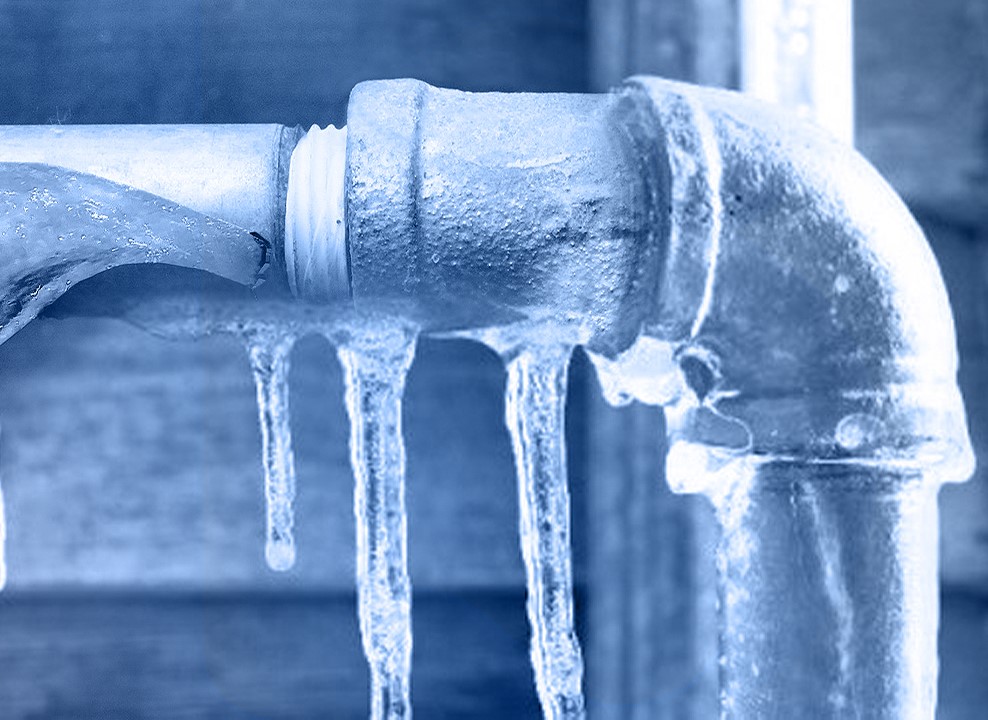Advice for Preventing Frozen Pipes in Cold Weather: Specialist Insights
Advice for Preventing Frozen Pipes in Cold Weather: Specialist Insights
Blog Article
The article underneath on the subject of Preventing and dealing with frozen pipes is quite insightful. Try it and make your own assumptions.

Cold weather can wreak havoc on your plumbing, especially by freezing pipelines. Below's just how to prevent it from happening and what to do if it does.
Introduction
As temperatures drop, the risk of frozen pipes increases, potentially leading to expensive repair work and water damage. Comprehending exactly how to stop icy pipelines is crucial for homeowners in chilly environments.
Prevention Tips
Insulating prone pipelines
Cover pipes in insulation sleeves or make use of warm tape to shield them from freezing temperatures. Concentrate on pipelines in unheated or exterior areas of the home.
Heating techniques
Maintain indoor rooms sufficiently heated, specifically areas with pipes. Open up cupboard doors to permit warm air to distribute around pipelines under sinks.
How to recognize icy pipes
Try to find lowered water flow from faucets, uncommon smells or sounds from pipes, and visible frost on subjected pipelines.
Long-Term Solutions
Architectural adjustments
Consider rerouting pipes far from outside walls or unheated locations. Include added insulation to attic rooms, basements, and crawl spaces.
Upgrading insulation
Invest in top quality insulation for pipelines, attic rooms, and wall surfaces. Appropriate insulation aids keep regular temperature levels and minimizes the risk of frozen pipes.
Protecting Outdoor Plumbing
Garden tubes and outdoor faucets
Separate and drain pipes yard hose pipes before winter season. Install frost-proof spigots or cover outside faucets with protected caps.
Understanding Icy Pipelines
What creates pipelines to freeze?
Pipelines freeze when exposed to temperature levels below 32 ° F (0 ° C) for extended periods. As water inside the pipelines ices up, it expands, taxing the pipe wall surfaces and potentially creating them to break.
Risks and problems
Frozen pipelines can lead to water disturbances, property damages, and expensive repair services. Ruptured pipes can flood homes and create substantial architectural damage.
Indicators of Frozen Pipes
Determining frozen pipelines early can avoid them from breaking.
What to Do If Your Pipes Freeze
Immediate activities to take
If you believe frozen pipes, maintain taps open up to soothe stress as the ice melts. Utilize a hairdryer or towels taken in warm water to thaw pipelines slowly.
Final thought
Avoiding icy pipelines requires aggressive measures and quick actions. By comprehending the reasons, indications, and safety nets, house owners can secure their plumbing throughout winter.
5 Ways to Prevent Frozen Pipes
Drain Outdoor Faucets and Disconnect Hoses
First, close the shut-off valve that controls the flow of water in the pipe to your outdoor faucet. Then, head outside to disconnect and drain your hose and open the outdoor faucet to allow the water to completely drain out of the line. Turn off the faucet when done. Finally, head back to the shut-off valve and drain the remaining water inside the pipe into a bucket or container. Additionally, if you have a home irrigation system, you should consider hiring an expert to clear the system of water each year.
Insulate Pipes
One of the best and most cost-effective methods for preventing frozen water pipes is to wrap your pipes with insulation. This is especially important for areas in your home that aren’t exposed to heat, such as an attic. We suggest using foam sleeves, which can typically be found at your local hardware store.
Keep Heat Running at 65
Your pipes are located inside your walls, and the temperature there is much colder than the rest of the house. To prevent your pipes from freezing, The Insurance Information Institute suggests that you keep your home heated to at least 65 degrees, even when traveling. You may want to invest in smart devices that can keep an eye on the temperature in your home while you’re away.
Leave Water Dripping
Moving water — even a small trickle — can prevent ice from forming inside your pipes. When freezing temps are imminent, start a drip of water from all faucets that serve exposed pipes. Leaving a few faucets running will also help relieve pressure inside the pipes and help prevent a rupture if the water inside freezes.
Open Cupboard Doors
Warm your kitchen and bathroom pipes by opening cupboards and vanities. You should also leave your interior doors ajar to help warm air circulate evenly throughout your home.

We are very drawn to Helpful Tips to Prevent Frozen Pipes this Winter and I really hope you liked my blog entry. Appreciated our post? Please quickly share it. Let someone else discover it. I truly appreciate reading our article about Winter Plumbing Precautions: Preventing Frozen Pipes.
Suggested Site Report this page